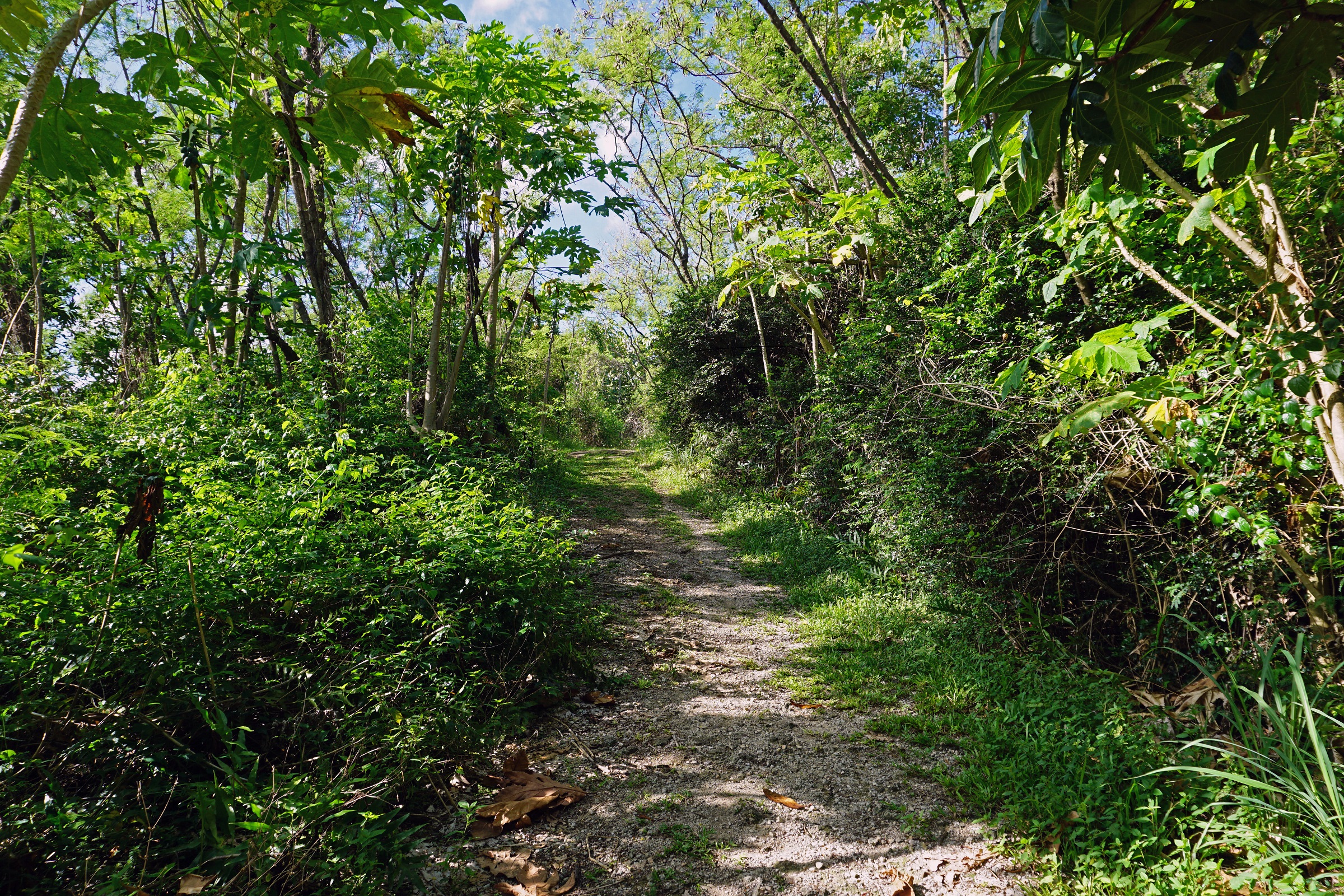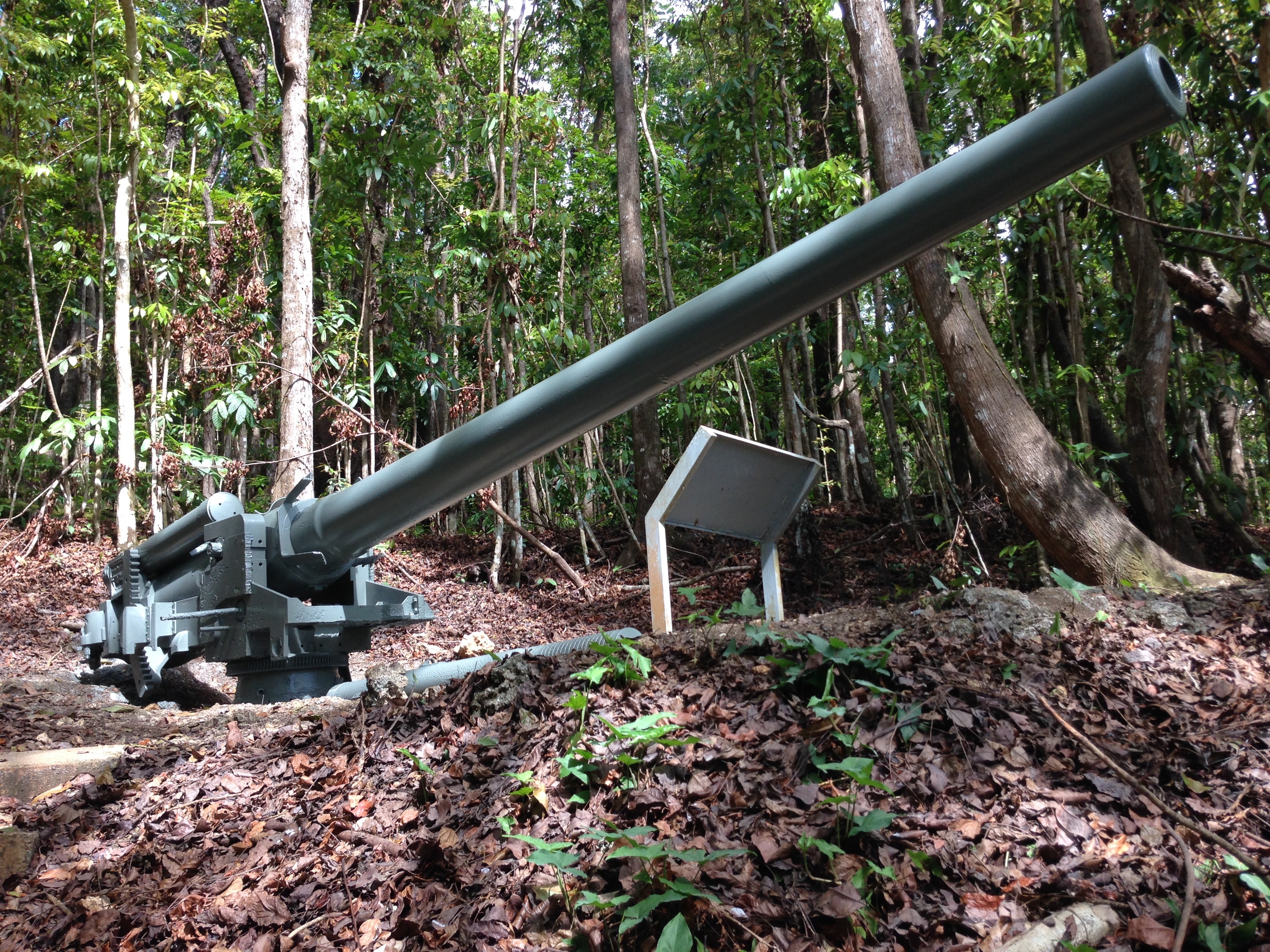| Title | War In The Pacific |
| Park Code | wapa |
| Description | War in the Pacific National Historical Park was established to commemorate the bravery and sacrifice of those participating in the campaigns of the Pacific Theater of World War II and to conserve and interpret outstanding natural, scenic, and his... |
| Location | |
| Contact | |
| Activities |
|
| Entrance fees |
|
| Campgrounds | Count: 0
|
| Places | Count: 17
3rd Marine Division Association MonumentOn beachside of the Asan Beach Trail sits a cast bronze plaque set on 4’x3’ concrete cube. It was built by the Third Marine Division Association in 1990 to honor the marines who fought at Asan Beach. 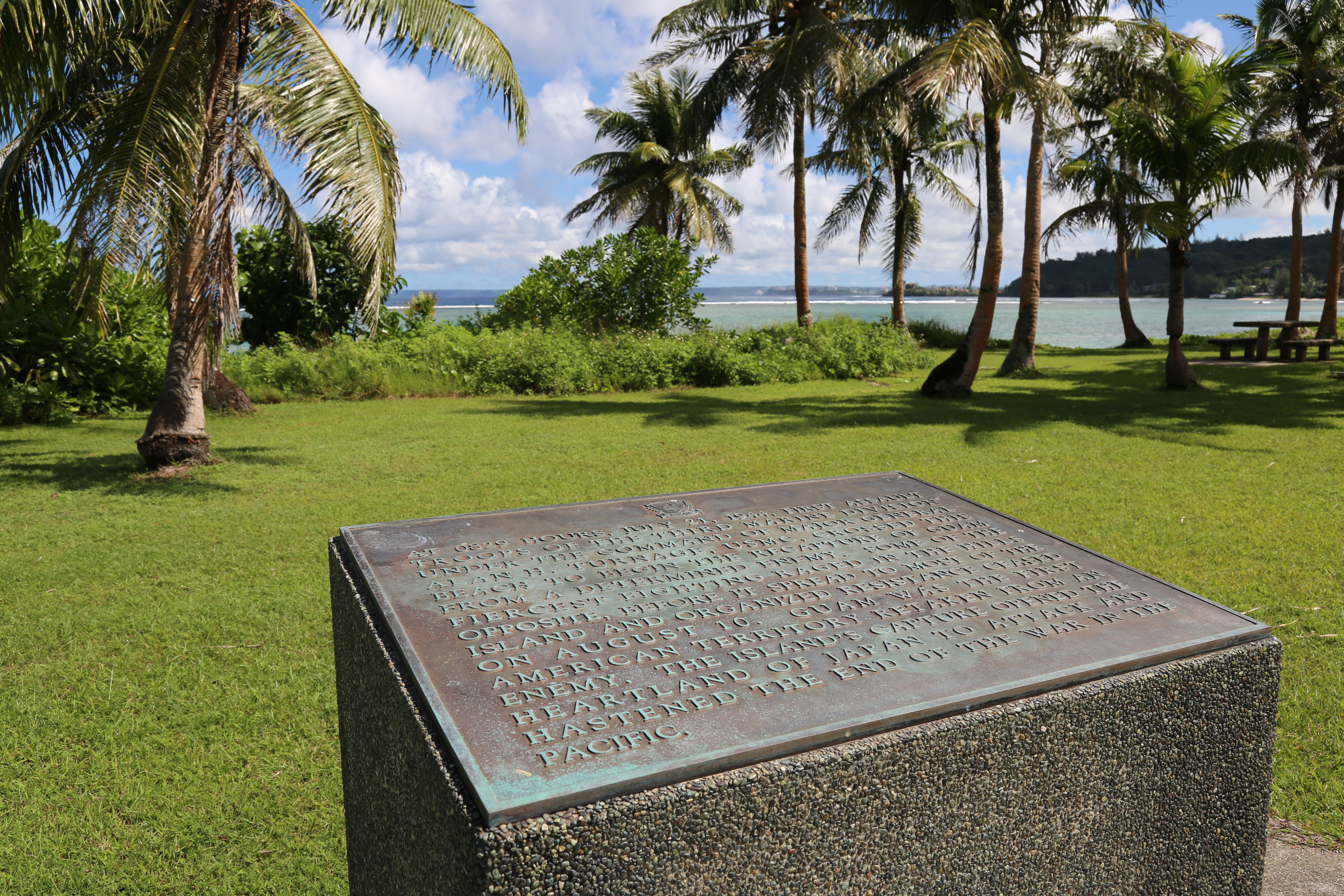
Agat Unit - Apaca Point and Ga'an PointHågat (Agat) Beach was the southern landing beaches used during the Battle of Guam. The rocky outcrops along the beach had been well fortified with caves and bunkers built directly into the limestone headland. With gunports for eyes and rocky ridges for armor, Japanese soldiers turned the terrain itself into a deadly defense. Today, the remains of those fortifications, as well as two examples of Imperial Japanese guns, stand against a backdrop of clear blue ocean. 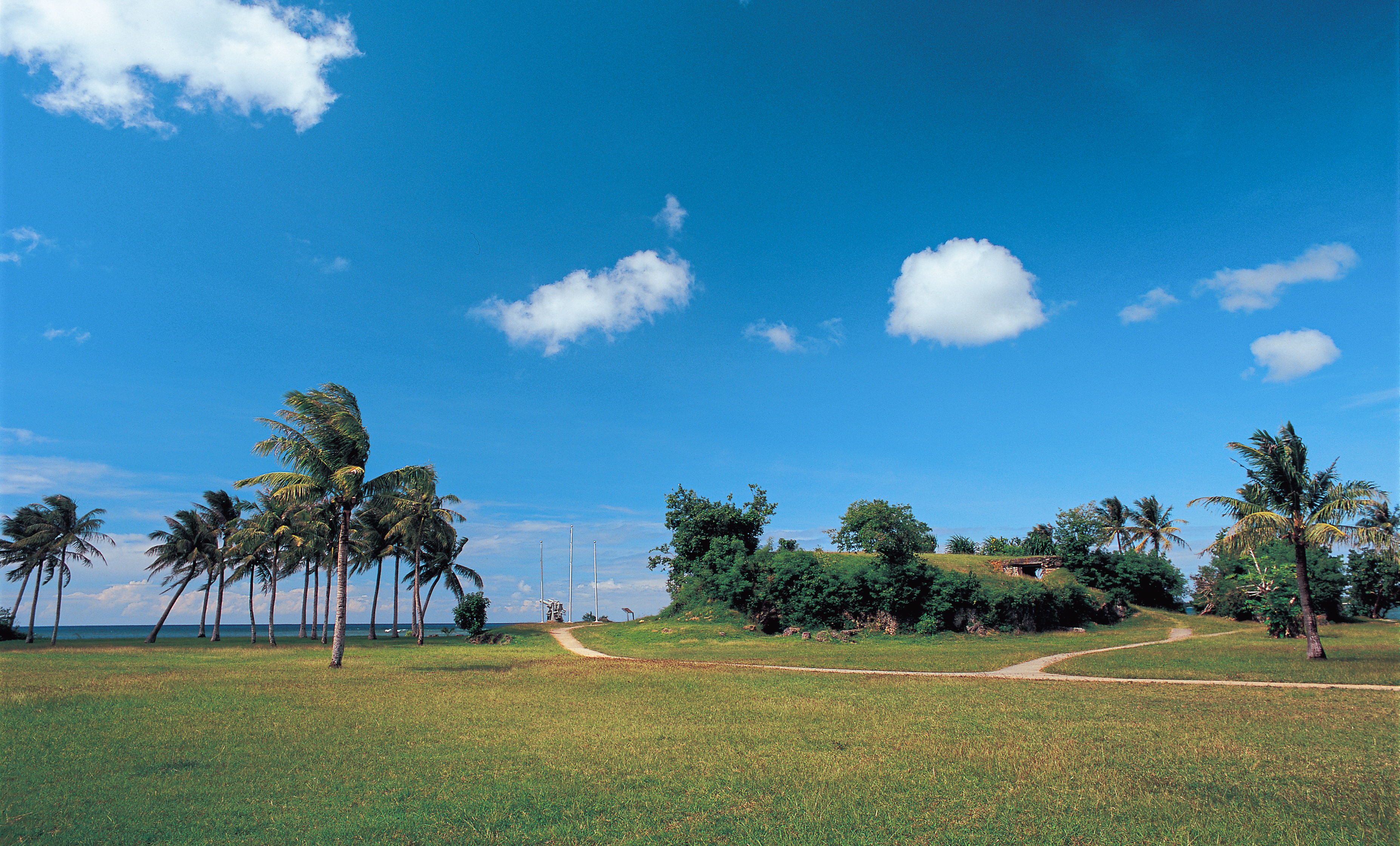
Asan Bay OverlookCompleted in 1994 in conjunction with the 50th anniversary of the Battle of Guam, the Asan Bay Overlook serves as a memorial to those that lost their lives or suffered atrocities during the World War II. The overlook features beautiful views of the seaside villages of Asan and Piti and an aerial perspective of the landing beaches used by Marines during the battle. 
Asan Beach UnitIn 1944, this seaside park, known locally as Assan Beach Park, was the site of fierce fighting. Assan Beach was the northern most of the two landing beaches used by American troops during the first days of the Battle of Guam. Today, the Asan Beach Unit is home to remains of the Imperial Japanese defenses and memorials to those who died during the battle. 
Assan (Asan) BeachDuring the Japanese occupation of Guam, CHamoru were forced to build defenses on the beach, including the pillboxes and bunkers that can still be seen today, in preparation for the American invasion. That invasion came on July 21, 1944, W Day for Guam. While a simultaneous attack took place five miles south at Hågat, the Third Marine Division landed on the 2,500-yard Assan Beach, marking the start of the Battle of Guam. 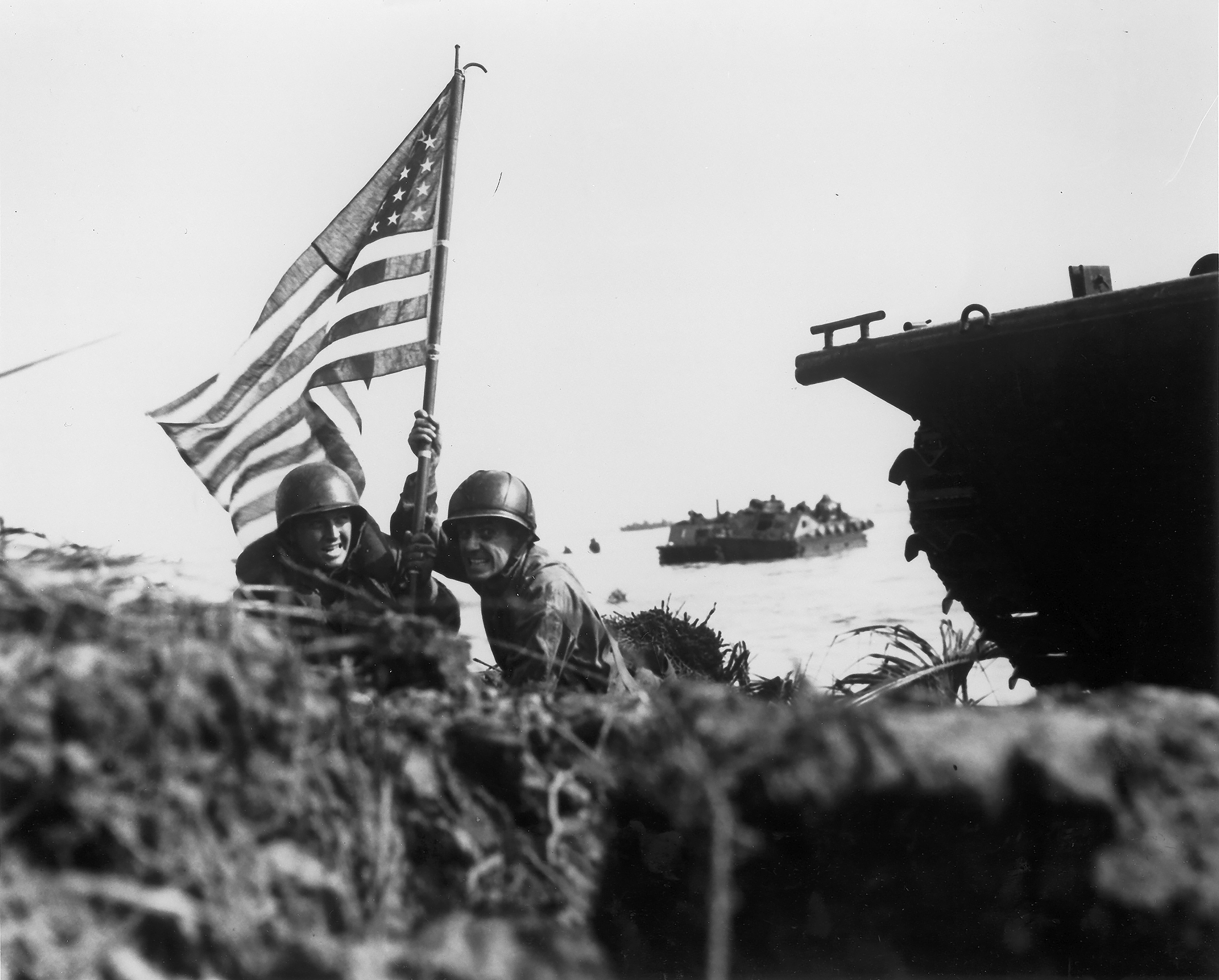
Fonte PlateauFonte Plateau was a strategic location during the Battle of Guam. Home to a fortified Japanese naval communications base, the battle for control over Fonte Plateau was costly and pivotal. After days of fighting, US troops gained control of the position—forcing the Japanese Army's retreat. 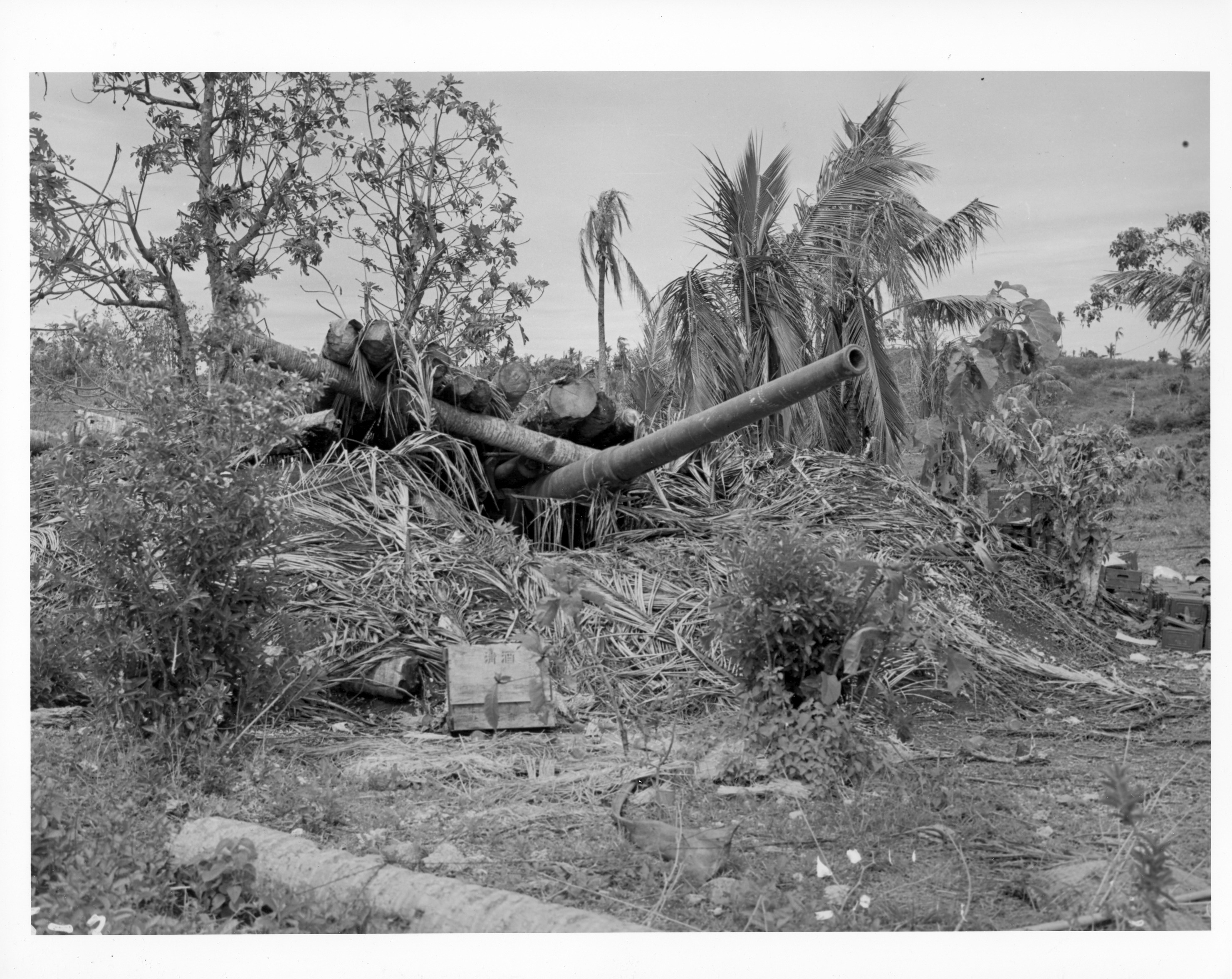
Fonte Plateau UnitFonte Plateau Unit is the site of the final battle in Phase 1 of the Battle of Guam. While American forces secured the beachheads at Assan and Hågat by July 24, 1944, to secure and link the two beachheads, they needed to capture the well-fortified hills and mountains overlooking the water. This task was accomplished on July 29, 1944, when the 9th Marines captured Fonte Plateau. Today, the main feature at the Fonte Plateau Unit is the Imperial Japanese communications center. 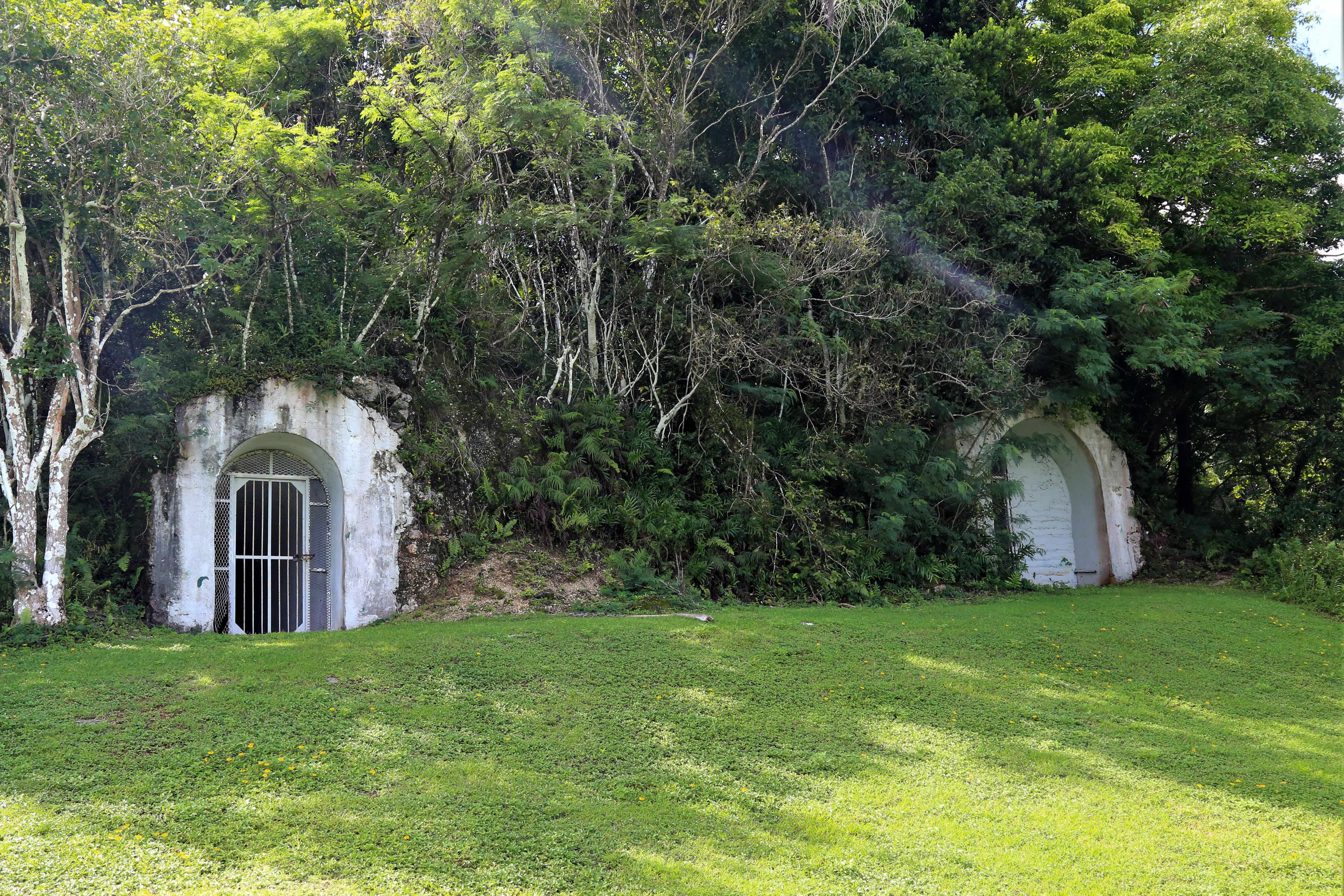
Hågat (Agat) BeachOn the morning of July 21, 1944, the First Provisional Marine Brigade landed at Hågat Beach, one of two landing sites chosen for the Battle of Guam. For the next four days, Americans fought to establish a beachhead on the island. 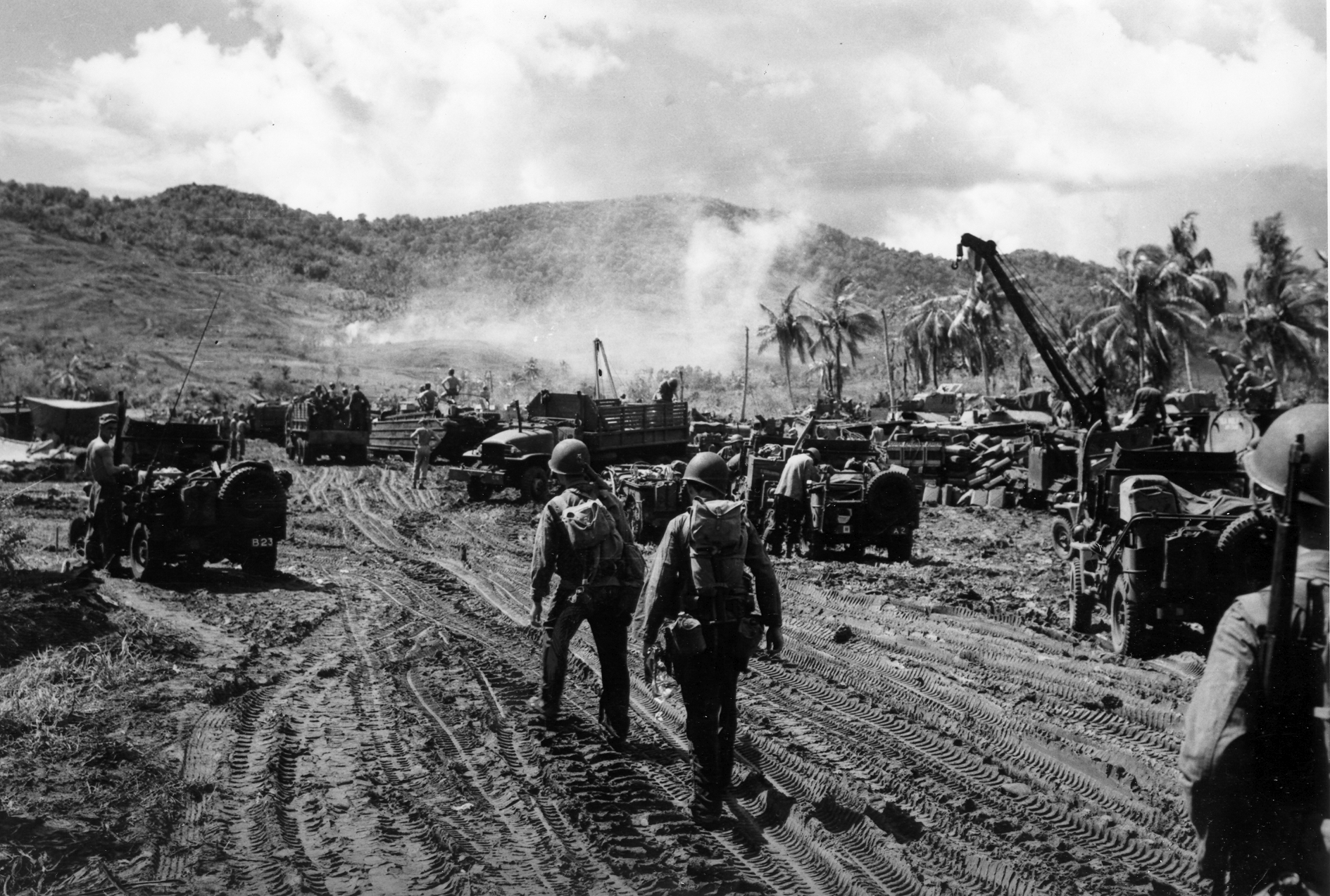
Liberators' MemorialAt the tip of Asan Point, the six-sided Liberator’s Memorial honors all U.S. forces involved in the recapture of Guam. Each side is dedicated to a division of the Armed Forces. 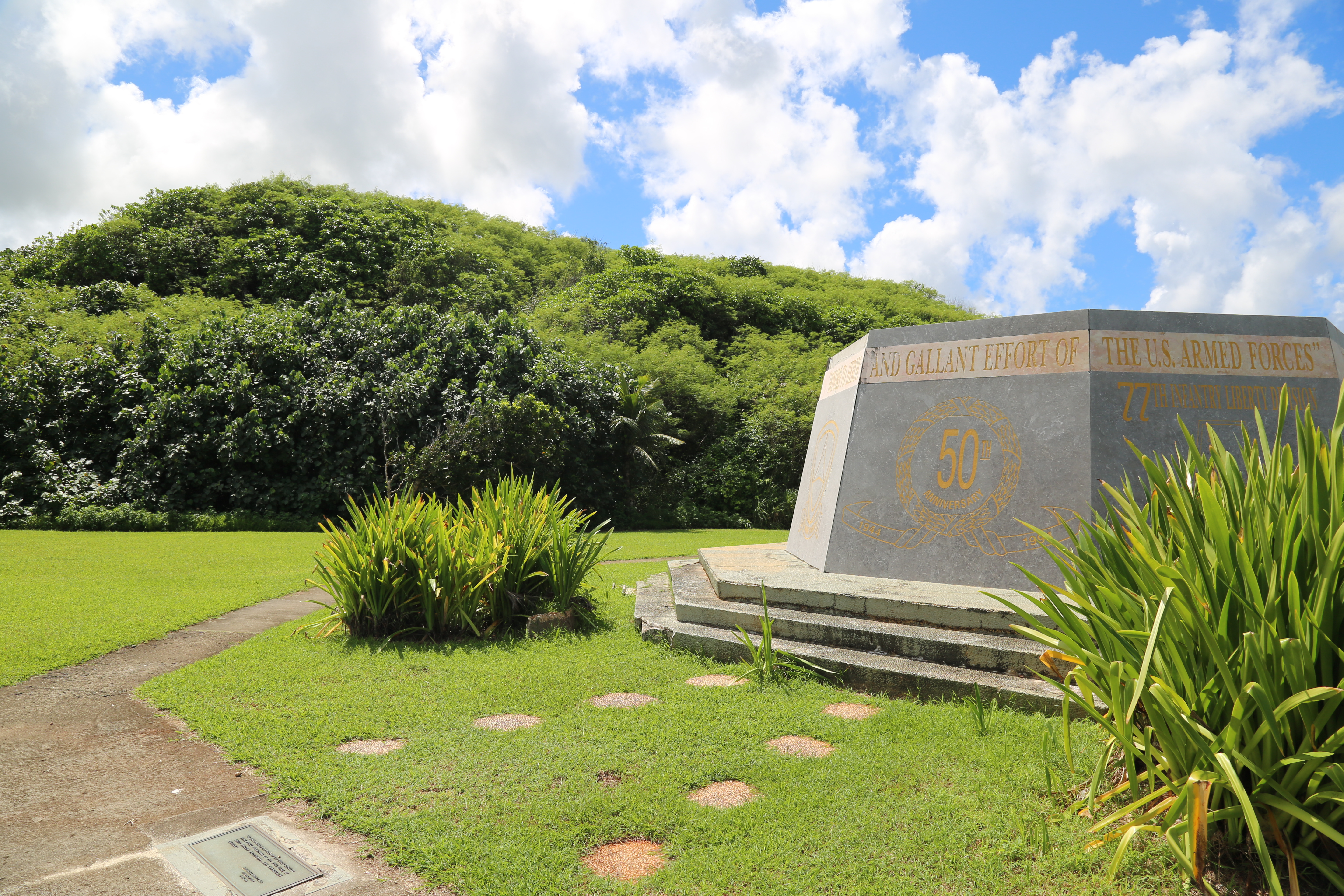
Mabini MonumentsTwo monuments to Apolinario Mabini stand along the Asan Beach Trail. Mabini was the Prime Minister and Secretary of Foreign Affairs of the first Philippine Republic from January 23, 1899 – May 7, 1899. When the United States acquired the Philippines from Spain at the end of the Spanish-American War in 1899, Mabini and his followers refused to take an oath of allegiance to the United States and were exiled to Guam. 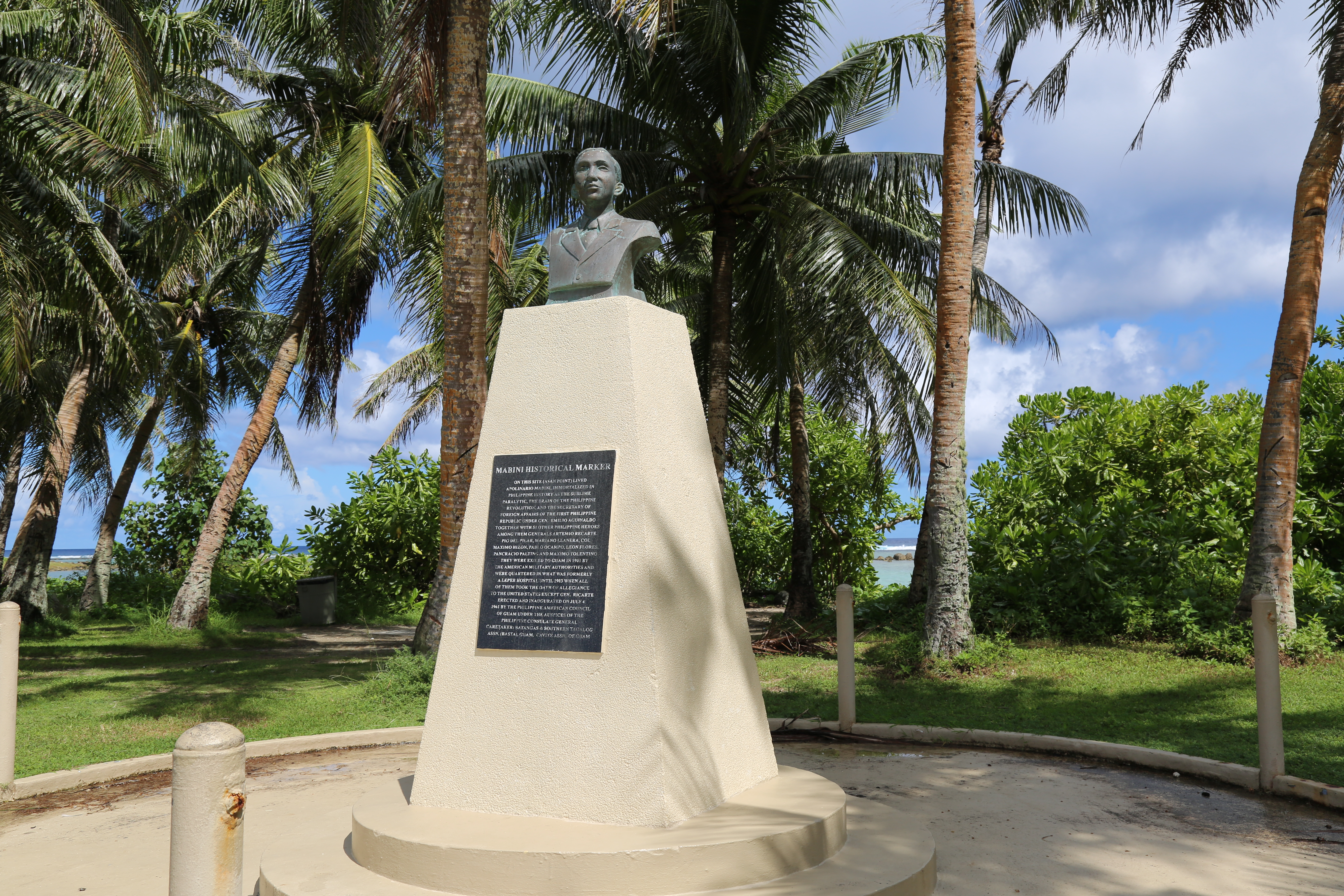
Memorial Wall of NamesThe Memorial Wall of Names includes the names of the 1,880 U.S. servicemen who died on Guam during World War II as well as the 1,170 people of Guam who died during the war and the 14,721 who suffered atrocities during the occupation and battles. 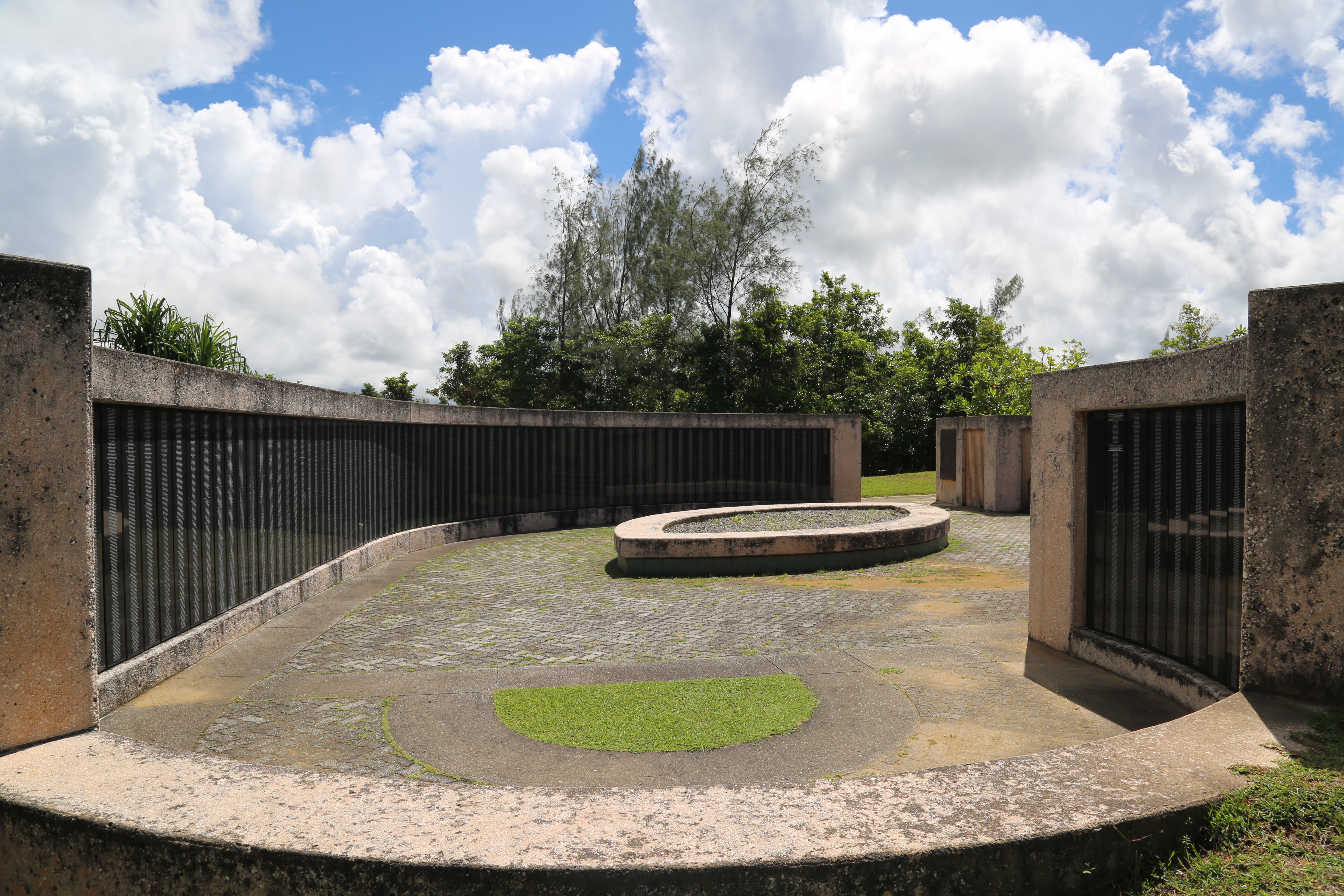
PitiAbove the village of Piti, sit three large Japanese Vickers-type Model 3 140mm coastal defense guns, the remains of hastily constructed fortifications build on the eve of the American invasion of Guam. As the Americans conquered more and more territory in the Pacific, the Japanese forced the CHamoru to build fortifications and install artillery and costal defense guns on Guam under brutal conditions. 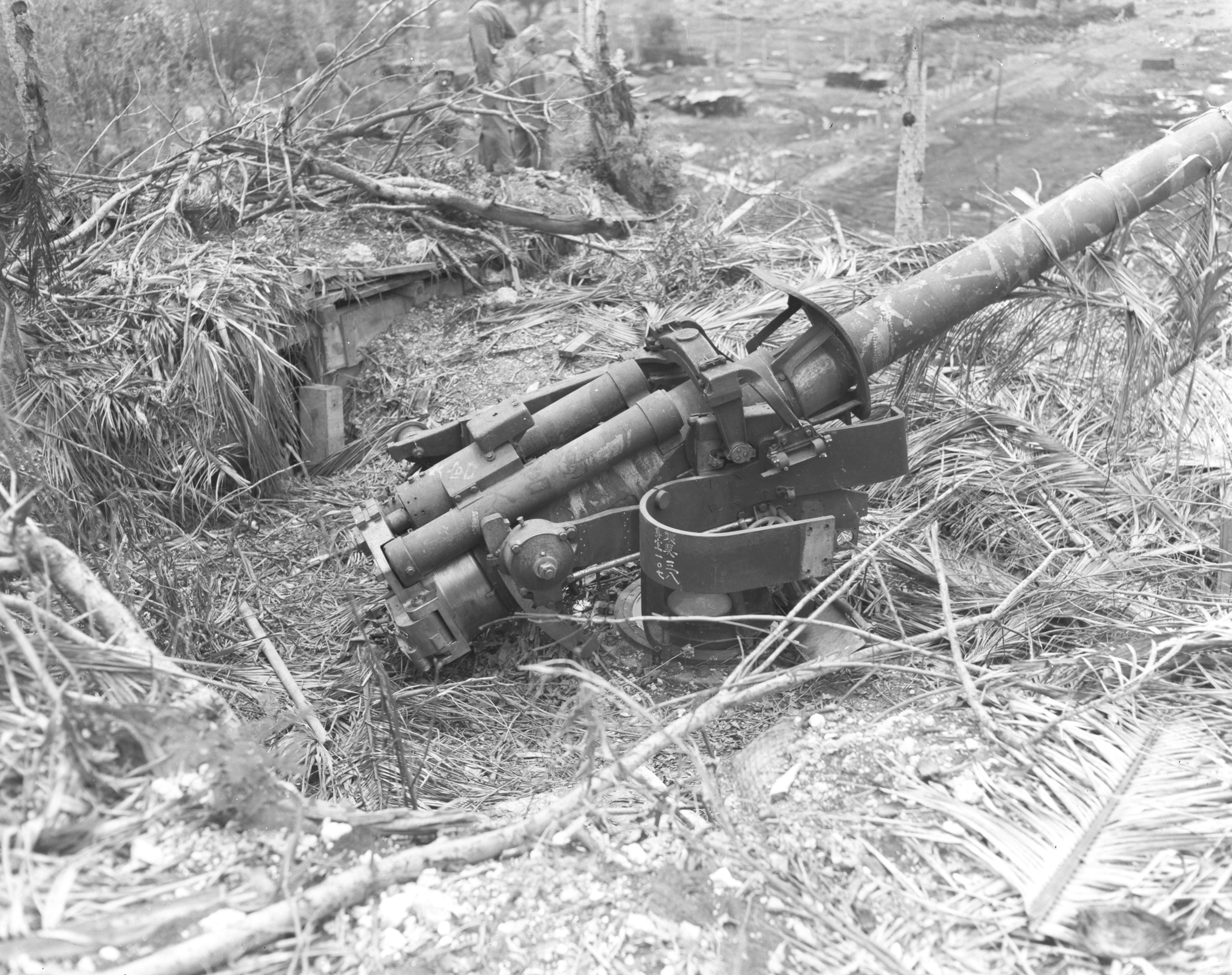
Piti Guns UnitDuring the last months of the Imperial Japanese occupation of Guam, Japanese defenders heavily fortified the island in preparation for the coming battle. Machine guns, artillery and mortar emplacements, and coastal defense guns were installed on the high ground near the coast. Today, most of those fortifications are either gone, but in the hills overlooking the village of Piti, three Vickers-type Model 3 140mm coastal defense guns still rest silently in a mahogany forest. 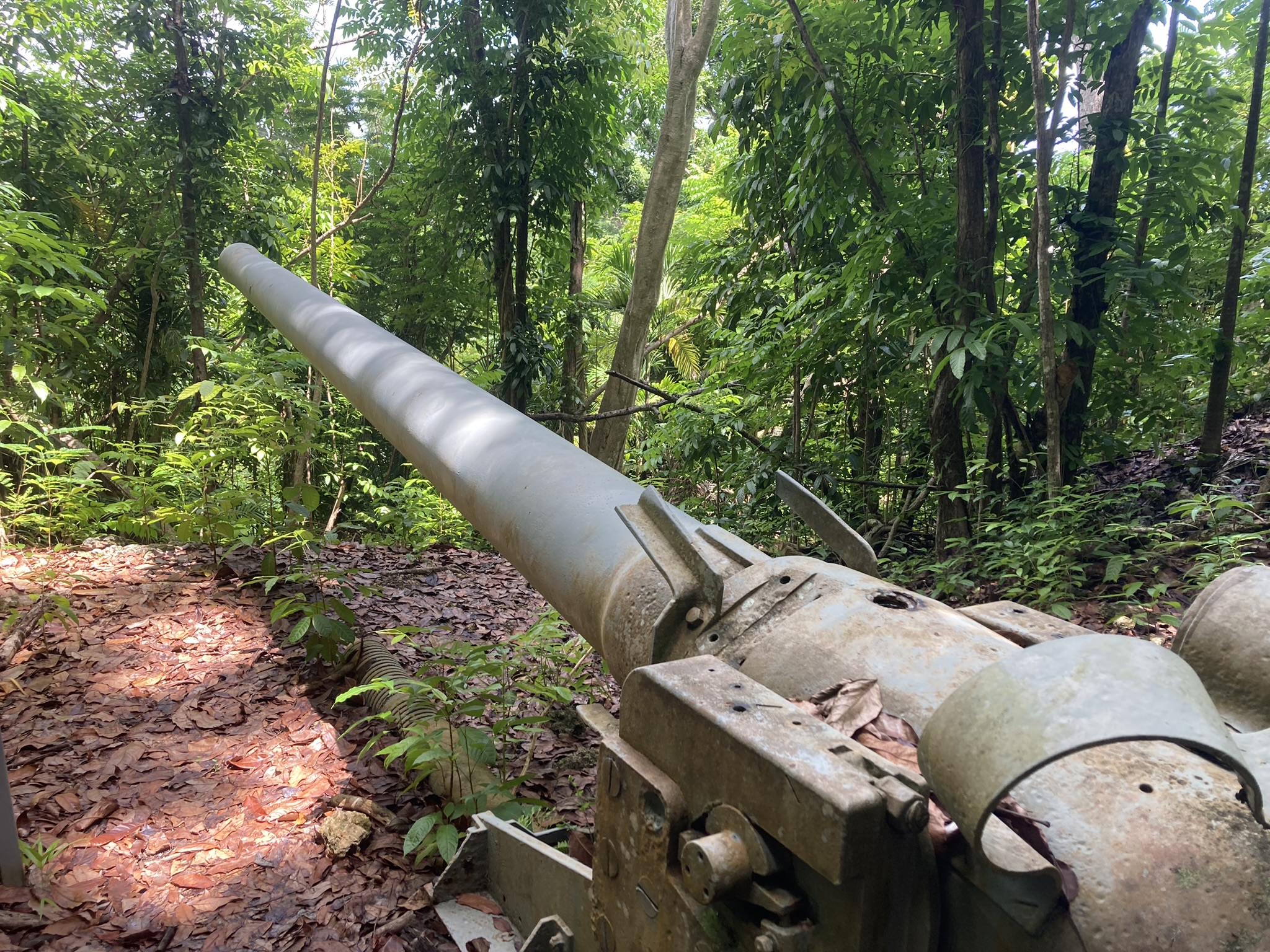
Sons of Guam Pearl Harbor MemorialThe Sons of Guam Pearl Harbor Memorial honors the twelve CHamoru men killed aboard the USS Arizona, USS West Virginia, USS Nevada, and the USS Oklahoma when the Japanese attacked Pearl Harbor. 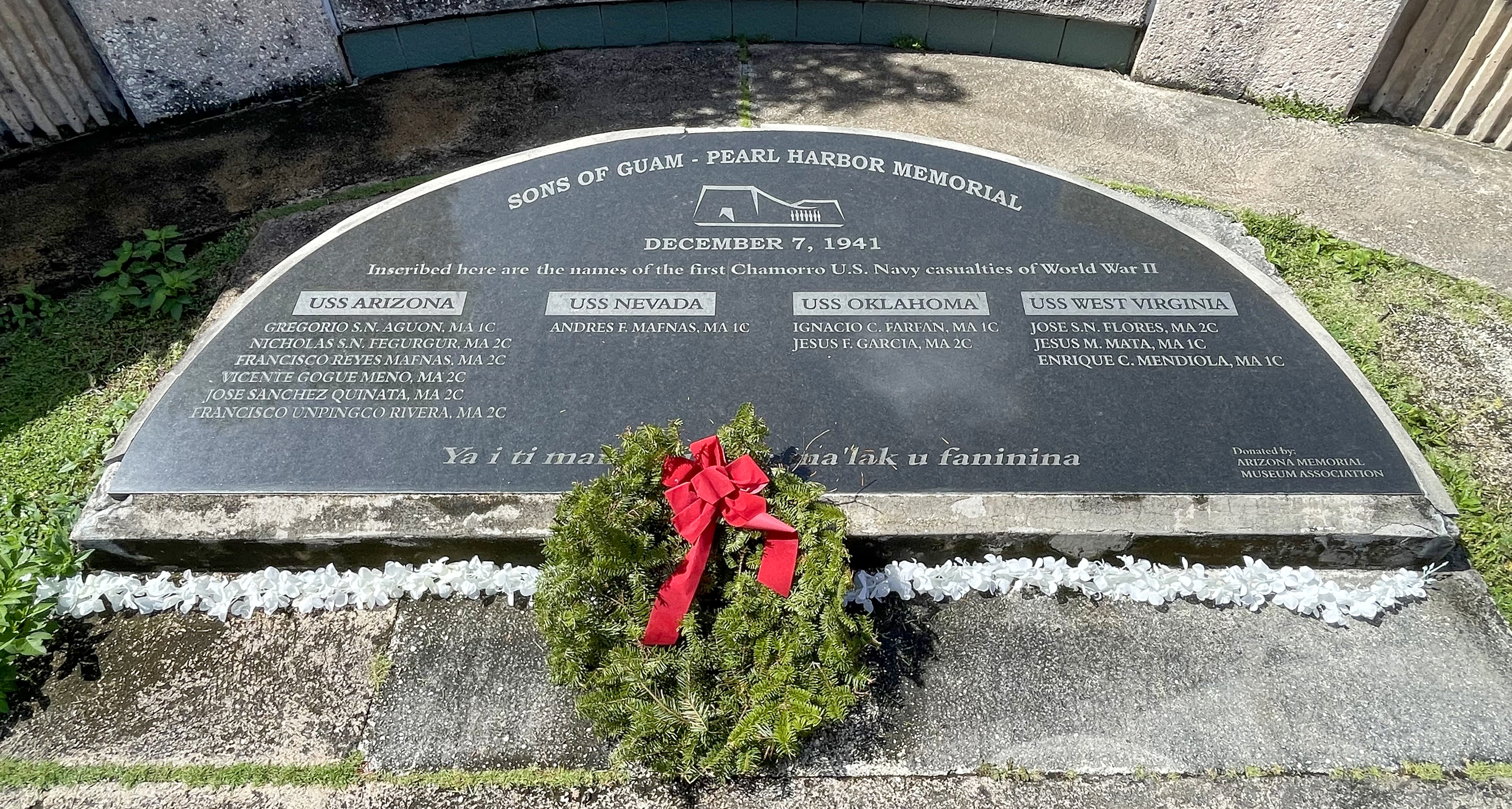
Sumai/SumaySumai was the center of Guam’s connection to US national and international interests in the decade before WWII. As a result, it was destroyed by Japanese and American bombs during the battle over the island. After the war, the US military seized the ruined village, and Sumai's Chamoru/Chamorro residents were forcibly relocated to the hillside village of Santa Rita. Due to its strategic importance, the village has never been returned to its original inhabitants. 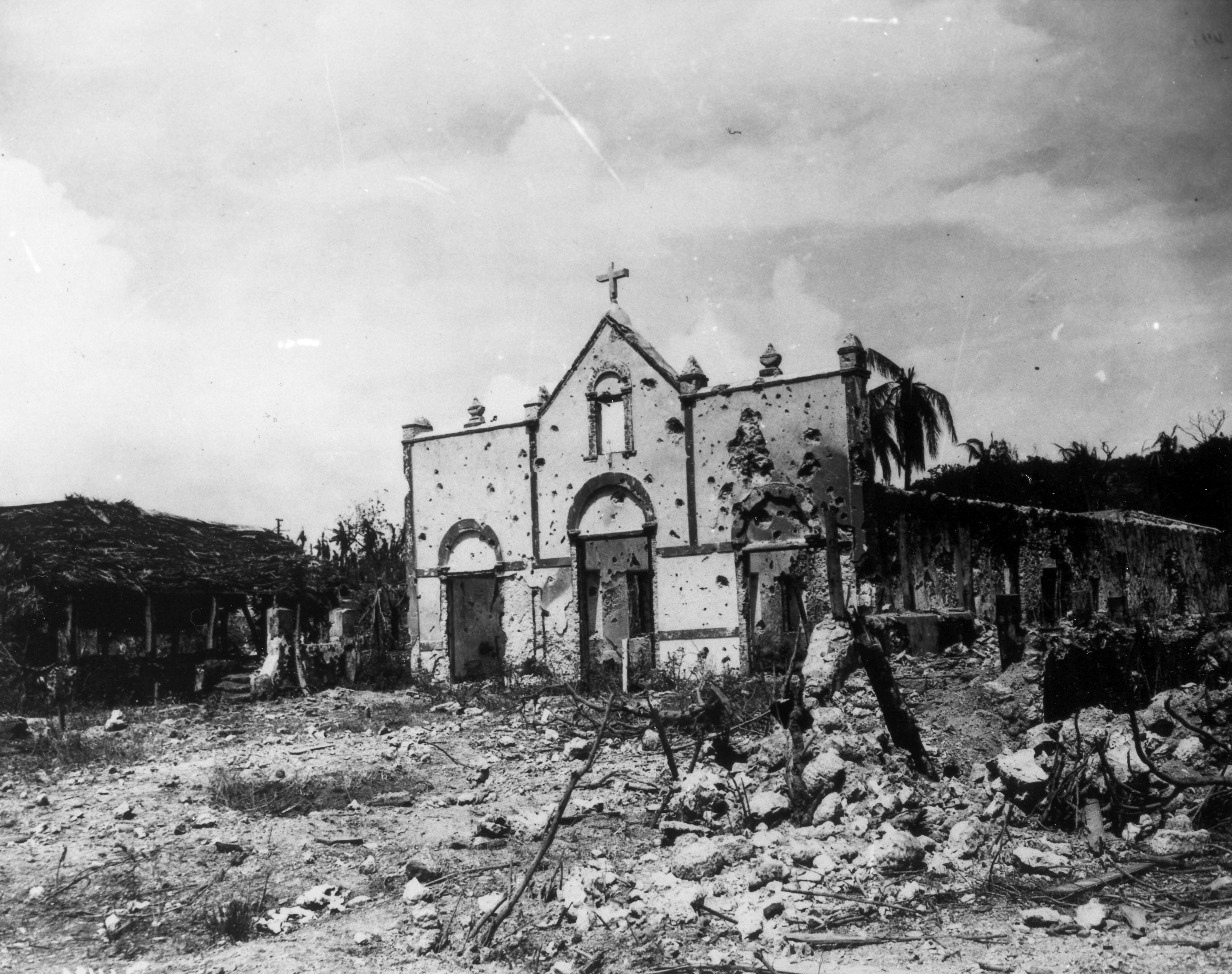
Type-C Japanese Midget SubmarineIn front of the T. Stell Newman Visitor Center at War in the Pacific National Historical Park in Guam stands the last Type-C Japanese midget submarine in existence. 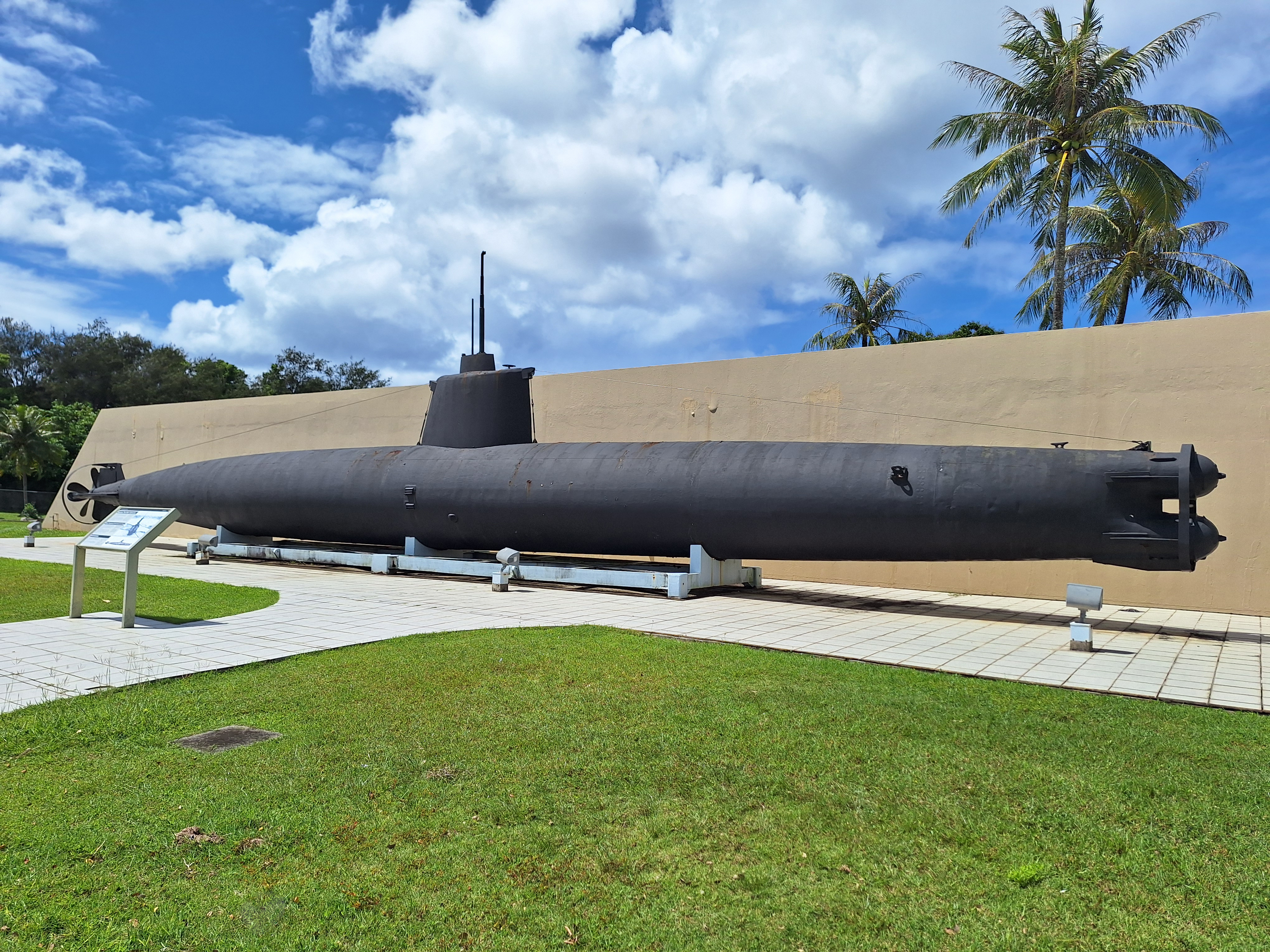
U.S. Landing MonumentThe U.S. Landing Monument commemorates the 1944 American liberation of Guam, one of the most intense and costliest battles of the Pacific. It is located at the spot where the 21st U.S. Marines landed on Assan Beach. 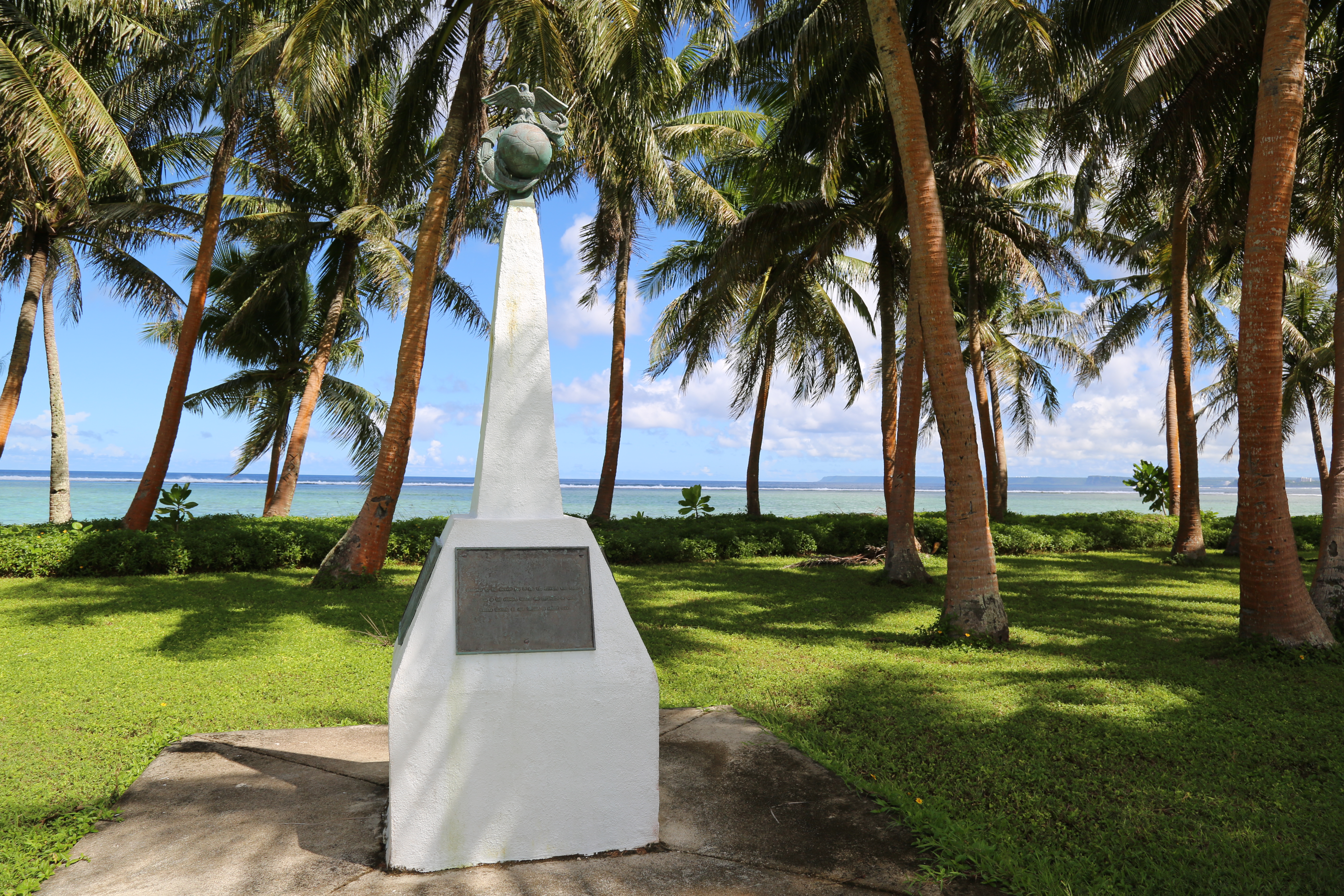
|
| Visitor Centers | Count: 1
T. Stell Newman Visitor Center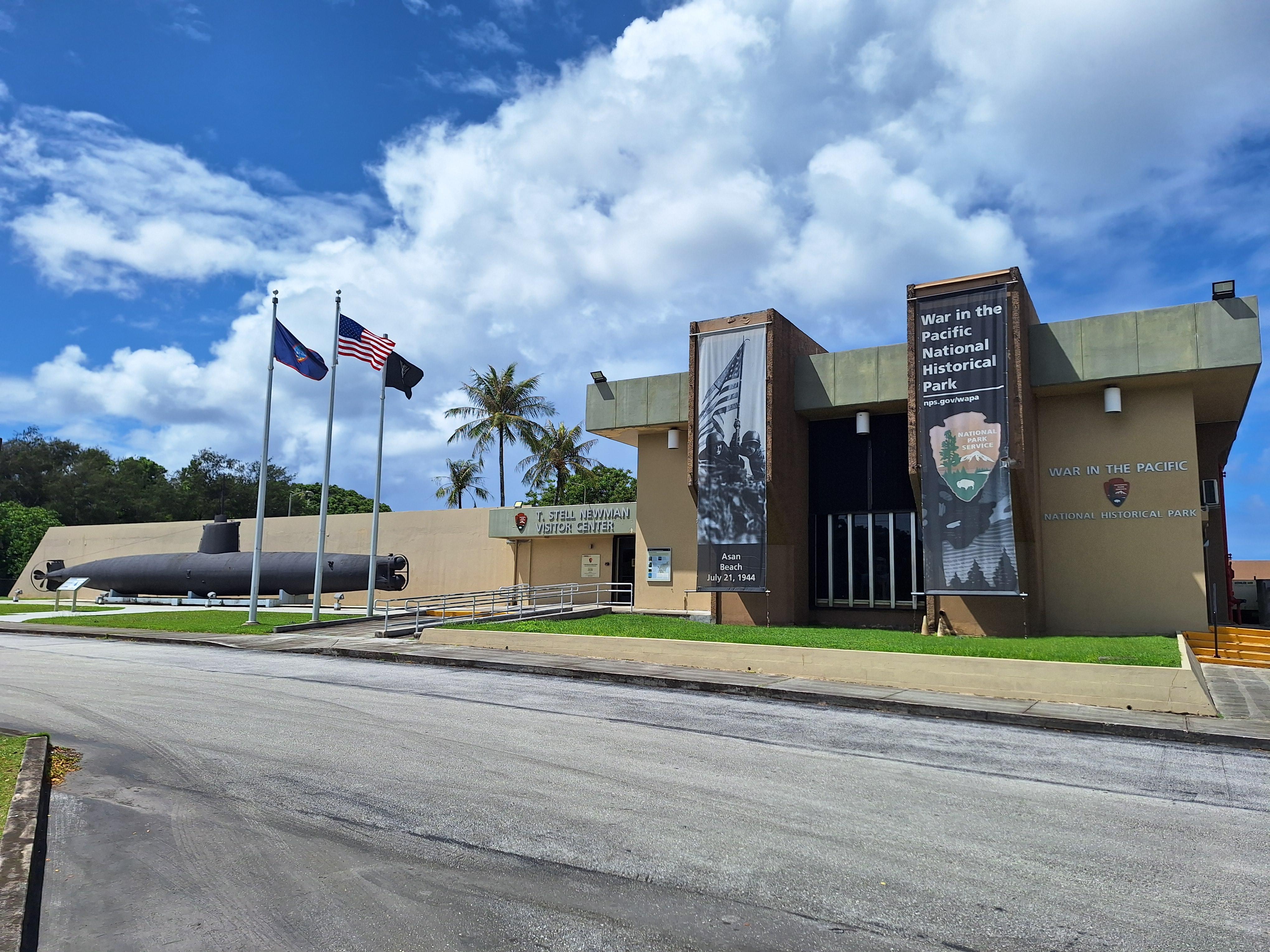
|
| Things to do | Count: 2 |
| Tours |
Count: 1
Voices of Guåhan/Guam Oral History TourBombardment, occupation, relocation—when WWII hit Guåhan/Guam, it changed lives forever. At each stop on this tour, you'll hear stories from WWII survivors. Indigenous peoples and military service members who lived through the war describe how it affected them, and how it impacted Guåhan/Guam. Si yu'os ma'åse/Thank you for visiting, we'll be adding more stops as time goes on. |
| Articles |
|
